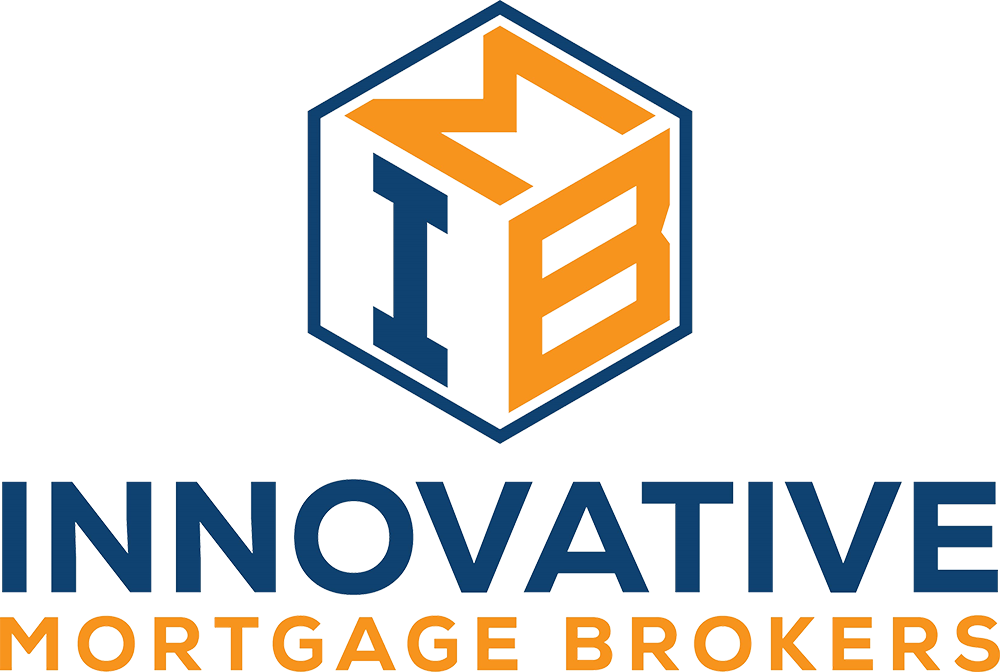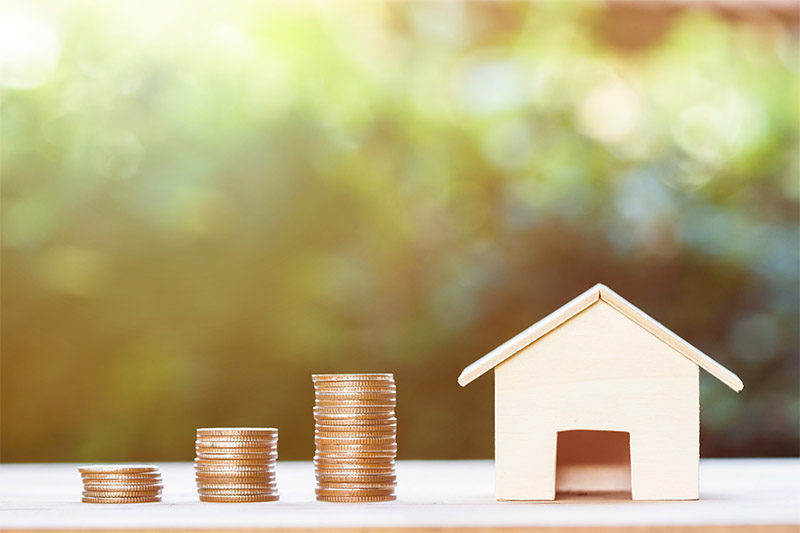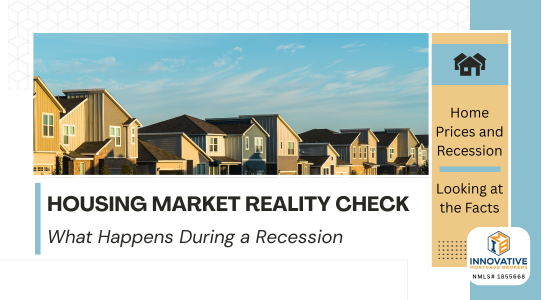No, the Housing Market Isn’t About to Crash—Here’s What’s Really Happening If you’ve been watching…
How much equity do I have in my home?
Home ownership is an admirable goal and one that many Americans work towards throughout their lives. You may think that once you sign on the dotted line and have the keys to your own home, you are a home owner. That is only partially true. While you can claim home owner status, if you have a mortgage you only own a portion of your home’s actual value. The next major milestone to reach is paying off that loan and owning your home outright.
What is equity?
Every time that you make a mortgage payment, only part of your payment goes towards the principal value of the loan—what you borrowed to purchase the home. The rest goes towards interest (what you pay the bank for loaning you the money), taxes, and insurance. Equity is the amount of ownership that you have in your home, or the amount of principal that you have paid off. If you have paid down half of the principal, you have 50% equity. Once you have paid off the loan entirely, you have 100% equity—also known as owning your home free and clear. Congratulations!
How can I increase my equity?
The simplest way to increase your equity is to pay off your mortgage. Your lender set that up when they determined your monthly payments. Every month that you pay your mortgage, you have a little bit more equity. But what can you do to accelerate the process?
Making extra payments towards the principal balance can go a long way to building equity, particularly if you can do it early. The first few years of a traditional 30-year mortgage have the buyer paying a large amount of interest each month, with only a small portion going towards principal. Making extra payments can knock months or even years off of your mortgage.
Building equity in your home will get you to that coveted mortgage-free home owner status.





